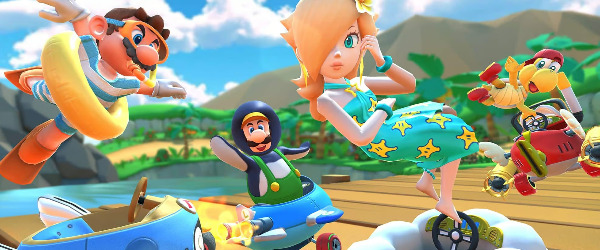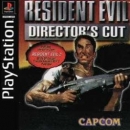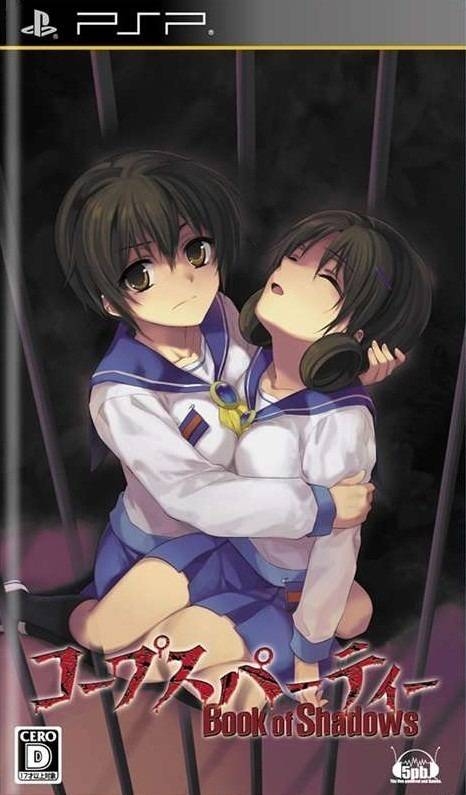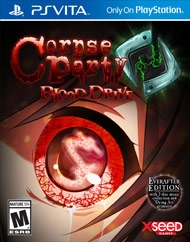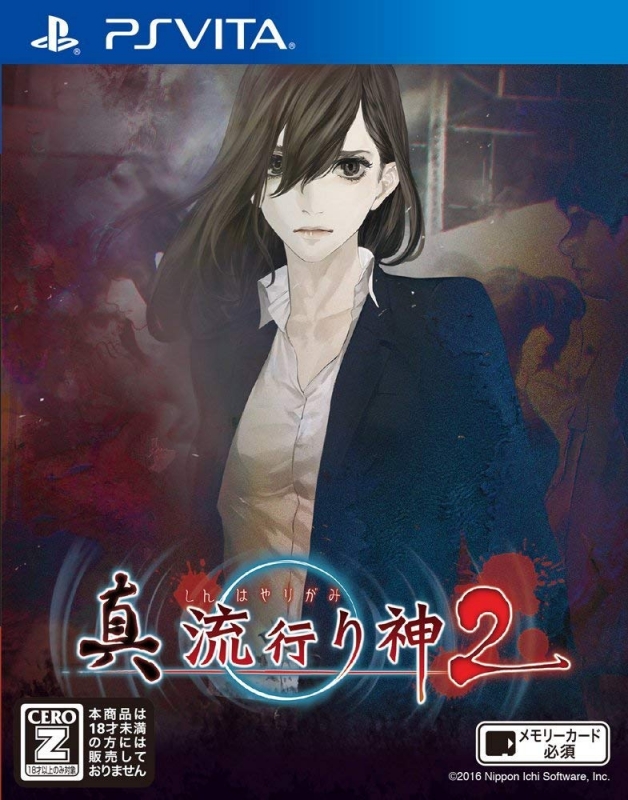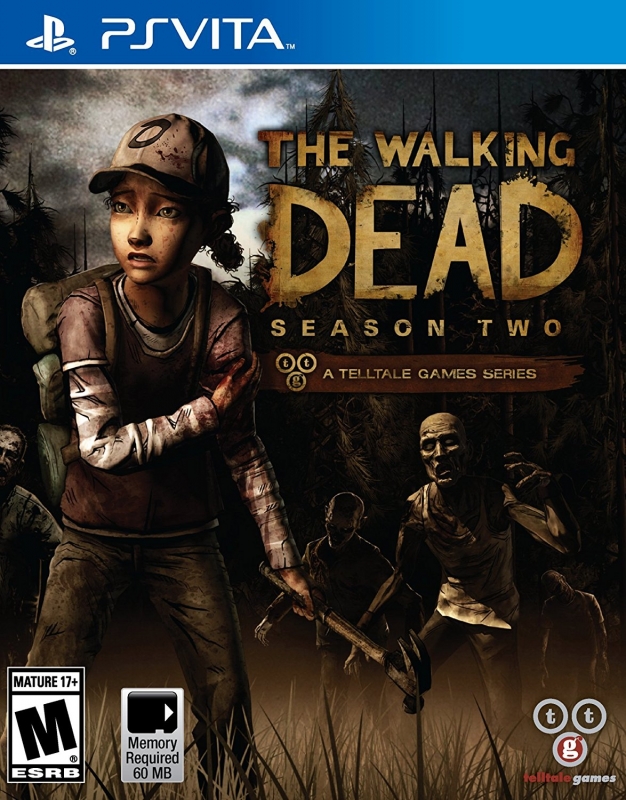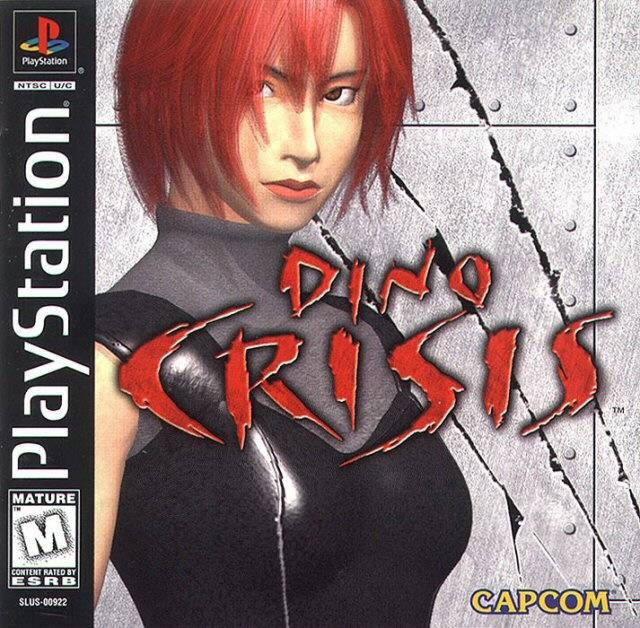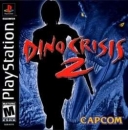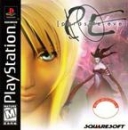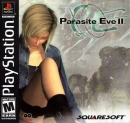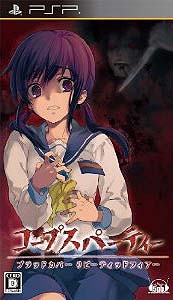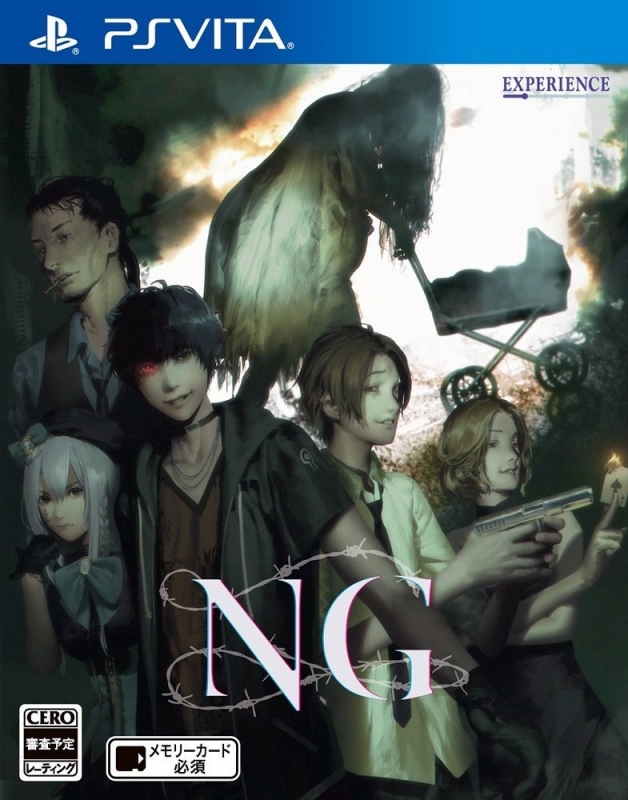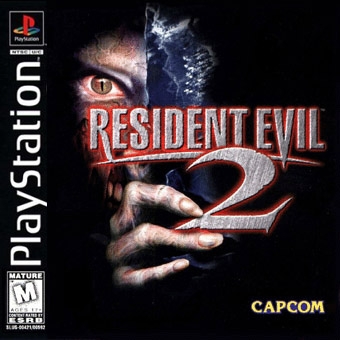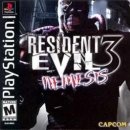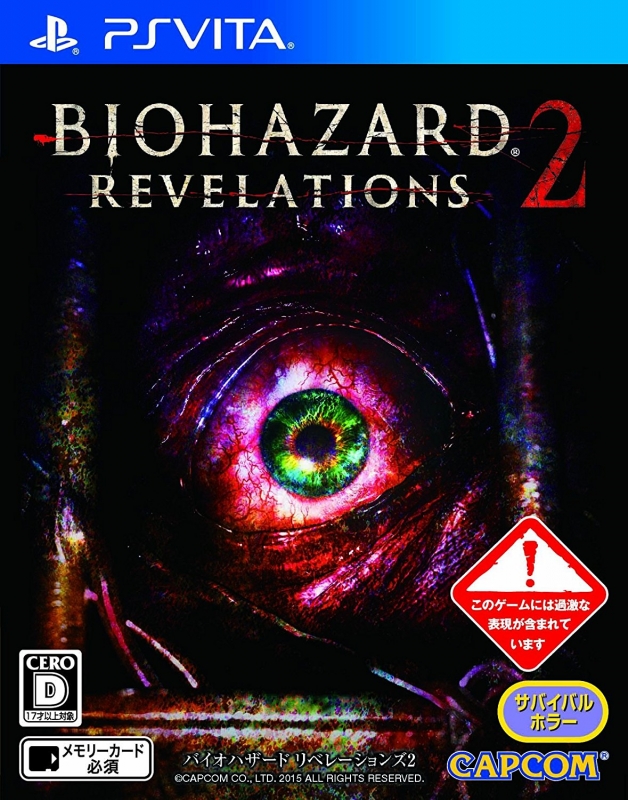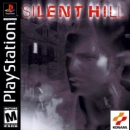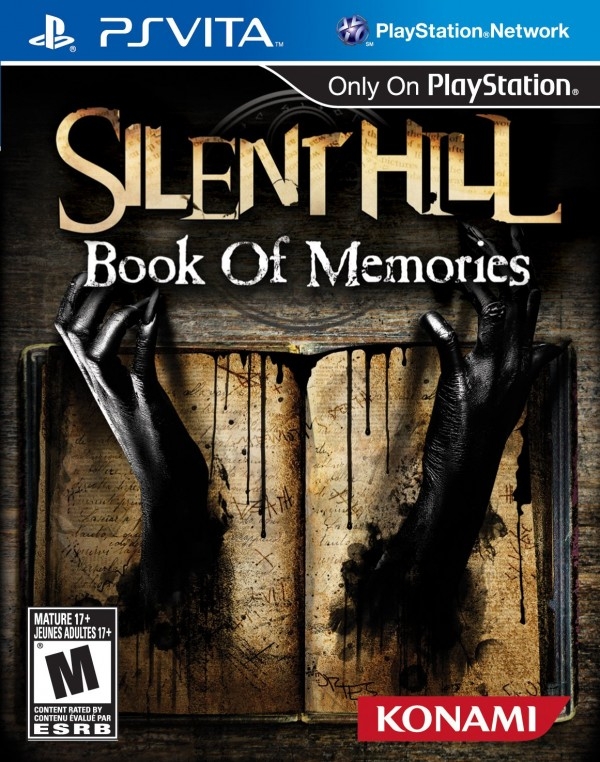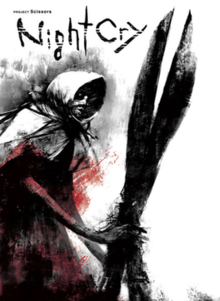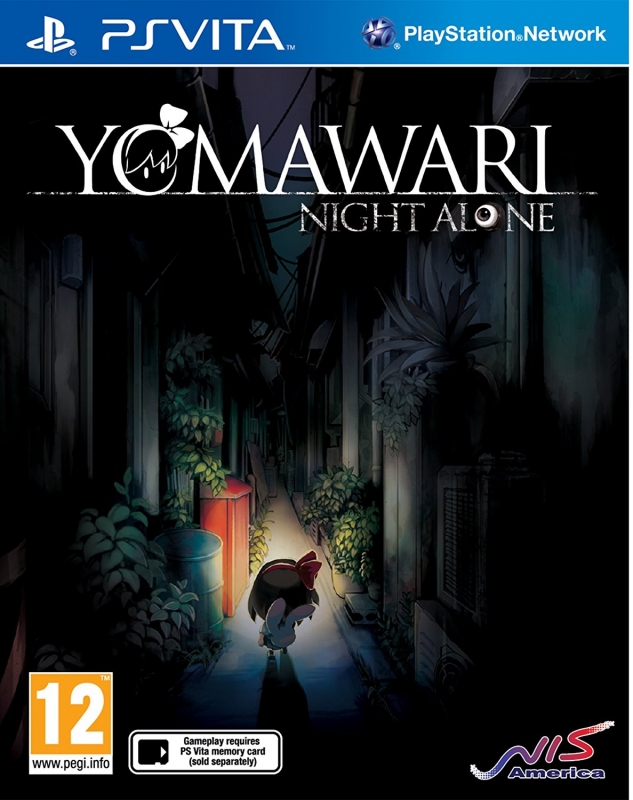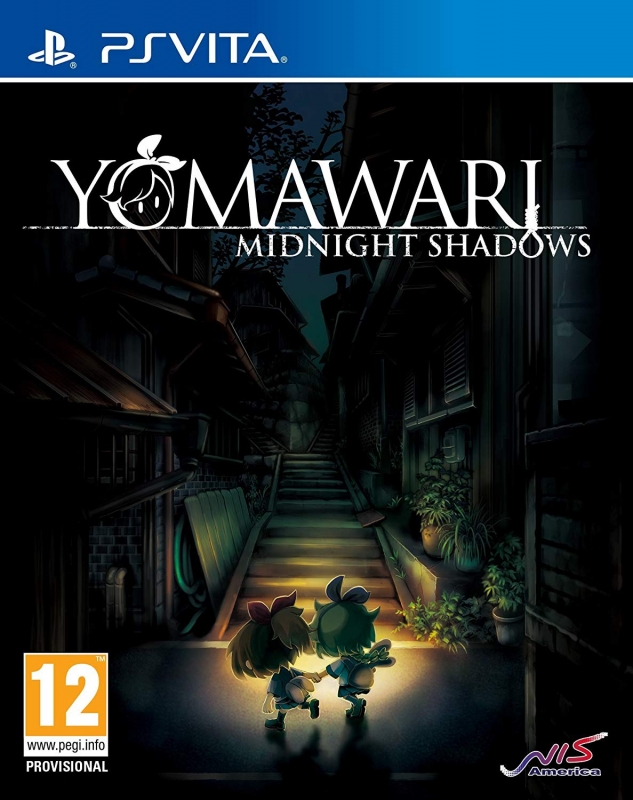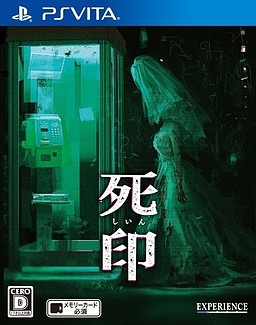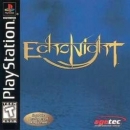
A Look at All of the Horror Games Available on Vita - Article
by Adam Cartwright , posted on 31 October 2019 / 3,848 ViewsThis is the eleventh entry in a series of articles I’m writing that will look at all of the games available in a particular genre on the Vita. The articles will highlight all Vita-native games, as well as any backwards-compatible PSP and PS1 titles that can be downloaded in English (i.e. from the EU or NA stores), and will include some commentary on how well those games run on Vita and whether they fill any missing gaps in the library.
Survival horror is a genre that has never really worked for me (I scare far too easily), but for many gamers it’s a firm favourite thanks to the creepy atmospheres, tense gameplay, and twisting narratives on offer. First appearing in the early 80s, the horror design template saw an explosion in popularity in the late 90s (particularly with the shift to 3D graphics), establishing many mega-successful franchises such as Corpse Party, Fatal Frame, Resident Evil and Silent Hill that de-emphasised combat and focused on puzzle solving and avoiding enemies.
Since then, home console horror games have tended towards more action-packed set-pieces (such as those seen in the later Resident Evil titles), but on handhelds they’ve stayed more grounded, which has worked out incredibly well. So, to celebrate Halloween, here's a look at all of the horror games that you can play on Vita right now!
Vita-Native Games
I wouldn’t say there were any real genre-defining horror games that hit Vita, although there are a couple of historic franchises that saw new entries arrive, albeit to mixed results.
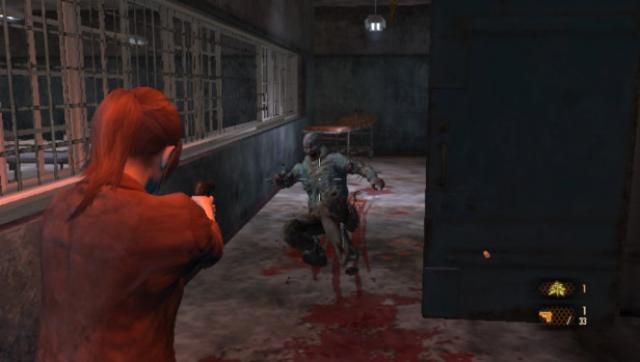
The first of these is Resident Evil Revelations 2 – sequel to the previously 3DS-only predecessor and a side-story in the long-running series. It was more action-oriented than the earliest entries but still more intense and scarier than the newer games. It released episodically on consoles before the full package arrived on Vita as a late port (courtesy of Gio Corsi’s Third Party Productions Team). Sadly, it was handled with very little care by Frima Studio, who launched it with framerate and graphical issues that dulled the experience greatly. Still, with nothing else of a similar nature on Vita it’s still worth checking out to some degree.
The other historic horror franchise to arrive on Vita is Silent Hill, which took an unfortunate turn into dungeon crawling with Book of Memories – a decent game in its own right, but one many fans lamented as being too far removed from its roots. If you do want to check out more traditional PS1-era inspired survival horror there’s the lovingly made but fairly frustrating Back in 1995, or you can check out Clock Tower's spiritual successor NightCry, a title with such a host of problems that means it's really not worth the time and effort (particularly in regards to the Vita port).

Thankfully, where some Japanese horror games were stumbling, others were doing a phenomenal job of offering new, worthwhile experiences. Chief among these are Yomawari: Night Alone and its sequel, Yomawari: Midnight Shadows, a pair of cutesy games where you explore eerie haunted villages trying not to get grabbed by the supernatural enemies. Both reviewed well, with critics noting their tense atmospheres, fun mechanics, and plenty of scares. You could also check out two similar titles from the same developers in HTOL#NIQ and A Rose in the Twilight, 2D puzzle-adventures that include plenty of gruesome death scenes.
Another title which received rave reviews is Death Mark, a horror visual novel from Experience Inc (previously known for their work on DRPGs such as Demon Gaze). Putting you in control of a man cursed with the titular mark, you help others who are similarly afflicted solve their various problems, which invariably involve apparitions and the supernatural. It offers up a very creepy and unsettling experience. A spiritual successor (NG: Spirit Hunter) is due out shortly in the west and promises even more scares, using the successful visual novel formula from a Death Mark. Import reviews for the title seem overwhelmingly positive.

At the other end of the spectrum, some smaller-scale Japanese horror series staged comebacks on Vita but didn’t quite live up to the expectations, including Corpse Party: Blood Drive, the final entry in the saga following a group of grizzly murders at the now-haunted Heavenly Host Elementary School. Gameplay changes, poor framerate, and a story that doesn’t wrap things up in a satisfactory way ensured that reviews for this one weren’t particularly positive. A similar thing happened with the Japanese import title Shin Hayarigami, a revival slated for being too gory rather than scary, although apparently its sequel Shin Hayarigami 2 fixed these issues.
Non-Japanese horror games - at least from bigger publishers - are rare in general but especially so on Vita, where the only real offering is The Walking Dead and The Walking Dead: Season 2, a pair of interactive point ‘n’ click adventure games about surviving in the zombie apocalypse. While they are absolutely brilliant, they focus more on narrative and storytelling than anything else in this article. There's also Dead Nation, which is a western-made zombie shooter with more of a focus on gameplay, and the Chinese-developed Dying Reborn, which had a bigger budget but is apparently not very good.

Thankfully, this gap in the market has been completely plugged by independent developers, who have put out a range of pixel horror games on Sony’s handheld, many of which are well worth your time. The titles that seemed to kick this all off were Home and Lone Survivor, both of which offer traditional 2D gameplay alongside tense atmospheres and twisting narratives. Numerous imitators appeared over the coming years, including Claire, The Long Reach and Uncanny Valley, all of which offer different experiences.
Other 2D horror games retained many of the same basic gameplay elements but went for unique new aesthetics – things like Knock Knock, with its more detailed character designs; with its grainy black-and-white palette; and even Whispering Willows, with its surprising use of colour. Others attempted different gameplay ideas – The Count Lucanor seems to have been inspired more by classic Zelda than anything else, and this won it plenty of praise, although sadly the Vita port is somewhat of a mess thanks to numerous bugs and performance issues.

Two of my favourite horror games on Vita have been ported by Ratalaika Games. DISTRAINT is an interesting but brief tale that attempts to impart an important message about morality and greed, while My Big Sister is a bonkers story about a lovable young girl trying to save her possessed sister and is a lot better than it seems.
Backwards-Compatible PSP Games
Sadly, the PSP’s library of horror games wasn’t particularly extensive and there are even fewer available on Vita through PSN, but those that are available tend to be of incredibly high quality.

Take for example Silent Hill: Origins, a bespoke prequel to the beloved franchise that, as the name suggests, saw a return to the much-loved design of the original title. In it, you guide a trucker named Travis around the eerie (and permanently foggy) town of Silent Hill as he attempts to solve the mystery of the young girl with links to the mysterious ‘other world’. Reviewers praised its spooky atmosphere and interesting world-building, although some noted disappointment with the fact that it did little to evolve the series’ formula.
Also highly successful on PSP were two Corpse Party games – namely the original and its sequel Book of Shadows (combined with Blood Drive, they form a self-contained storyline within the franchise). While the original is an RPG-maker created visual novel with gameplay elements that serves as a cult-classic within the horror genre, Book of Shadows was more of a pure visual novel that offered side-stories before finally providing a tease for the third game at the end. Both offered plenty of jump scares, plot twists, and gruesome elements, ensuring they remain favourites around Halloween.
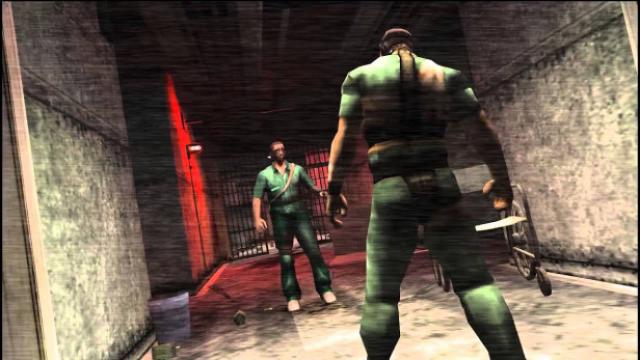
Offering a different kind of experience, Rockstar Games’ Manhunt 2 is a gruesome stealth-action game where you play as an escaped mental patient who has to murder his way out of the asylum he’s incarcerated in. Famous as much for its censorship controversy as anything else (including discussion in the United States congress about the level of violence), the final product still received praise and provides a unique and bloody horror title if you’re looking for it.
As a final note, there are also two PSP Mini’s – Hysteria Project and its sequel – that need including here. They’re FMV games where you make choices to keep your character alive and, while not for everyone, they provide a nice throwback to a bygone era of videogames and include plenty of scares along the way.
Backwards-Compatible PS1 Games
At the start of the 3D survival horror era, the PS1 birthed many franchises that would become cornerstones in the survival horror genre going forward, most of which are playable on Vita through backwards-compatibility

Of course, the granddaddy of them all is Resident Evil, Capcom’s 1996 era-defining classic, which is available in its expanded Director’s Cut version. With its precise tank controls, hammy plot about a zombie outbreak in a mansion, and clever puzzle-and-suspense based gameplay it became an instant hit with fans and spawned two more sequels on the PS1 – Resident Evil 2 and Resident Evil 3: Nemesis, both of which rapidly expanded the scope of the franchise (the second is set across the whole of Raccoon City and the third pits you against a gigantic mutated monstrosity) and remain highly playable in their own right.
Capcom reused this successful formula in a different setting a few years later with the release of Dino Crisis and its sequel Dino Crisis 2, which had you facing off against – you guessed it – dinosaurs rather than zombies. This brought with it a slightly faster pace of gameplay (after all, dinosaurs can charge at you much faster than zombies can), as well as new fully 3D environments rather than the pre-rendered ones of Resident Evil. It’s become a cult classic series to this day that’s well worth revisiting on Vita, especially given it has never been re-released anywhere else.
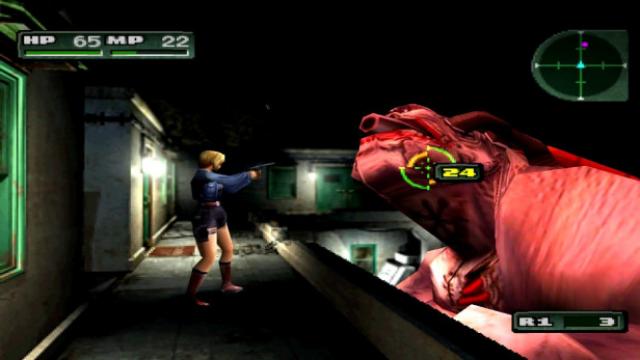
Just as Dino Crisis was a bit more of an oddball survival horror game that didn’t exactly follow genre conventions, so too was Parasite Eve, an absolutely bizarre RPG from Square-Enix. Designed using turn-based gameplay more akin to their successful series such as Final Fantasy, the title follows a New York cop who attempts to stop a strange being from causing every person on the planet to spontaneously combust. It was followed by a sequel (Parasite Eve II), which is also available on Vita and switches to more traditional survival-horror gameplay, as well as a PSP three-quel, which shifts again to more third-person shooter influences.
Then of course there is the original Silent Hill. Still seen as one of the best games available in the genre to this day, the supernatural story of one man’s trip to the titular town to find his missing daughter remains a classic that’s a lot of fun to play (as long as you don’t mind being scared out of your wits). Little tricks, like shrouding the town in a deep fog, helped hide some of the PS1’s hardware limitations but actually work really well in providing a tense atmosphere, while the stiff gameplay helps give you the feeling that you’re truly helpless at times and left with no other option but to run away.

As a final note, the FromSoftware title Echo Night is available on the North American Store too. It has its fans, although it received mixed reviews at the time of its release.
Conclusion
While Vita itself might not be home to juggernauts of the survival horror genre that perhaps some previous PlayStation consoles have been, it certainly has its fair share of quirky and enjoyable horror games. Things like Yomawari are brilliant when played in the dark with some headphones on, whereas numerous indie titles like DISTRAINT, Home, and Lone Survivor offer memorable experiences well beyond what their simple graphics might first suggest.
Once you mix this in with its backwards-compatible library, though, whether it be memorable games from the PSP like Corpse Party and Manhunt or the true classics from PS1 like Parasite Eve, Resident Evil, and Silent Hill, then you’ll realise there’s a much more solid slate on offer. Vita might not be your first choice of console to go to this Halloween, and it certainly hasn’t received more modern classics like Amnesia, but if you’re looking for somewhere to play that can give you a true fright (if you’re willing to dig into the full library on offer), then one of the numerous titles above can definitely give you what you desire.
Happy Halloween!








